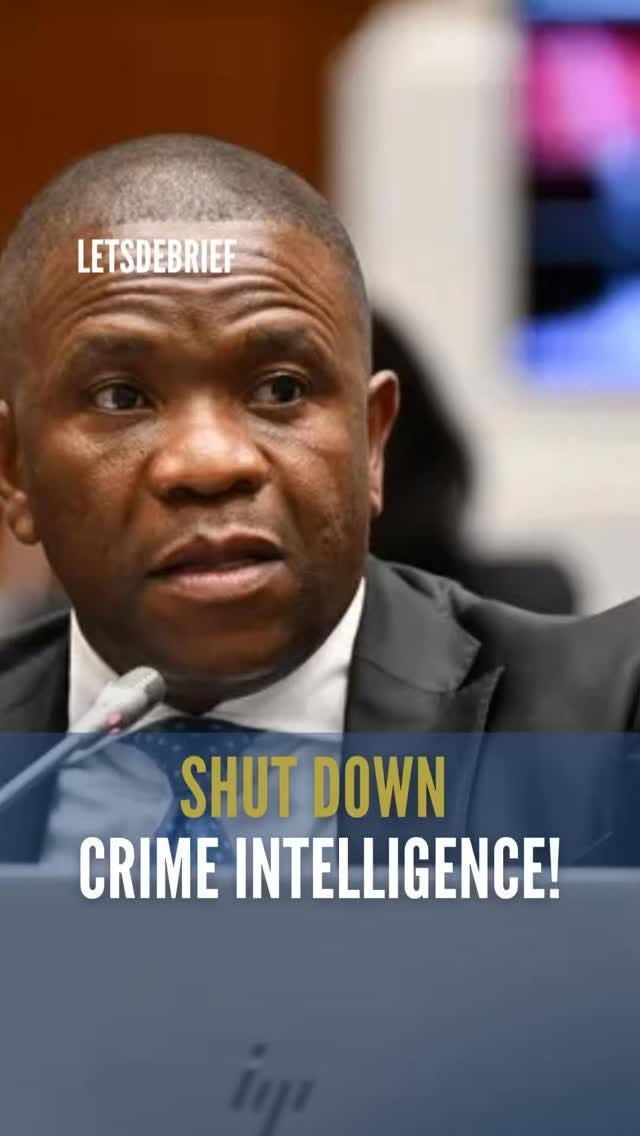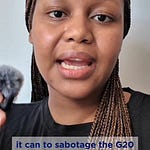On Monday, I read a fascinating piece on News24 by Jean Redpath, a researcher at the Dullah Omar Institute in the Western Cape.
Jean spoke about the unjustified costs of the Political Killings Task Team that is the centre of the biggest political scandal in South Africa since State Capture.
As someone who has been quietly following both the Madlanga inquiry and the parliamentary probe into the accusations made by KwaZulu-Natal top cop Nhlanhla Mkhwanazi, I have noticed three distinct layers to this unfolding story.
First, there are the actual proceedings, televised, reported and analysed in real time by journalists who are pulling long, demanding shifts to bring accurate coverage to audiences. For now, we cannot forget that the allegations are being tested and that some of the ‘explosive’ claims are without substance.
Second, there is the political response, the spin, the positioning, the careful choreography of statements that follow every revelation. This is where the phrase ‘South Africa is a movie’ gets credence.
And third, there is the social media layer, a noisy, fast-moving space dominated by content creators and influencers. (Also, paid bots but that’s a conversation for another day.)
It is, predictably, the trending topic of the week and a magnet for clickbait. But, in true South African style, it has also become the centre of sharp satire and dark humour.
What struck me about Jean Redpath’s article was that it brought a dimension largely missing from the wider conversation.
The piece, “Political killings task team burned millions while KZN murder rate exploded,” cut through the theatre of good and evil, the popular framing of Mkhwanazi as the angel and Sibiya as the villain.
That binary world does not exist. Reality is always messier. The story cannot be reduced to snippets of drama.
Reading Jean’s piece made me think about three things.
First, most people will miss it because many no longer read long, nuanced journalism. Second, that is not entirely their fault; attention spans have changed and digital consumption habits have evolved. Third, we have to meet audiences where they are without dumbing down the work.
So, our Head of Content at The Debrief Network, the inimitable Hasina Gori, reached out to Jean to give us a simple explanation of her research.
We remotely guided her through recording a short, selfie-style video to explain her research. The result was a two-and-a-half-minute visual piece that was casual, fast-paced and deeply informative.
I am genuinely grateful for experts like Jean, and others, who take the time to break down complex research and engage with audiences directly. They don’t have to take us seriously but they do.
After we published, I began thinking of what we doing here at The Debrief Network. There will always be a place for long-form journalism and detailed research. But if we want to reach audiences beyond those who already read the news, we must also innovate, not by replacing real journalism but by reimagining how it is delivered.
Social videos should not merely summarise or react to journalism; they should be real journalism with multi-sourcing, expert voices and relevant context.
We are still learning.
After every video, we sit down, look at the metrics and ask the hard questions. Could we have told the full story in less time? Did the visuals support the substance? Was there a stronger narrative hook? How can we improve next time?
We are, in every sense, still figuring it out.
But in a world overrun by artificial intelligence shortcuts, misinformation and viral commentary, I remain committed to one simple truth: research, journalism and facts still matter even in short, quick video takes.
That is the sermon I will not stop preaching.












